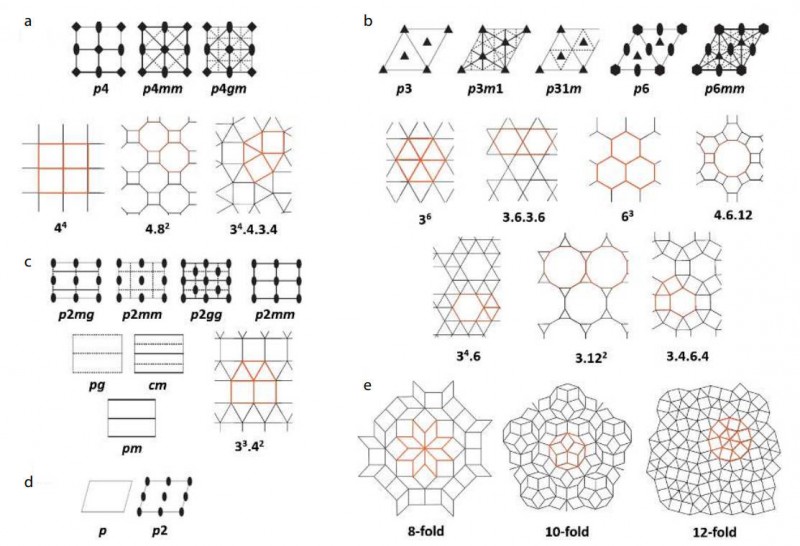| Jul 09, 2024 |
The art of molecular self-assembly: crafting 2D nanostructures for advanced materials
(Nanowerk News) Creating periodic nanostructures is vital for progress in material science and nanotechnology. Traditional methods often struggle with complexity and scalability. Integrating bottom-up self-assembly of block molecules with top-down lithography offers a solution, enabling the formation of sophisticated nanostructures. These challenges necessitate innovative approaches to fabricate advanced nanostructures.
|
|
A review in the Chinese Journal of Polymer Science ("Unconventional 2D Periodic Nanopatterns Based on Block Molecules") addresses these issues by leveraging the unique properties of block molecules, which can self-assemble into complex two-dimensional (2D) patterns, promising significant advancements in nanofabrication and potential applications across various technological fields. It focuses on the self-assembly of block molecules to create intricate nanostructures, combining both bottom-up and top-down techniques to push the boundaries of nanofabrication.
|
 |
| Summary of two-dimension structures. (Image: Chinese Journal of Polymer Science)
|
|
The review investigates the self-assembly of block molecules, leading to the formation of diverse 2D periodic nanopatterns, such as tetragonal, hexagonal, rectangular, and oblique structures. The researchers detail the evolution from simple columnar phases to complex 2D tiling morphologies in materials like block copolymers, liquid crystals, and giant molecules. By combining directed self-assembly with top-down lithography, sophisticated nanostructures with specific functions can be achieved.
|
|
The study highlights advanced nanofabrication techniques that enable the creation of intricate and functional nanostructures. Emphasizing the need for increased complexity in block molecules and refined lithography methods, the researchers provide a pathway to low-dimensional ordered morphologies. This innovative approach has the potential to revolutionize nanotechnology by creating more complex and functional structures than traditional methods allow.
|
|
Dr. Wen-Bin Zhang from the Beijing National Laboratory for Molecular Sciences stated, "Our findings demonstrate the immense potential of block molecules in creating complex nanostructures. By integrating self-assembly with advanced nanofabrication techniques, we can pave the way for new applications in nanotechnology, overcoming the limitations of traditional methods."
|
|
The development of unconventional 2D periodic nanopatterns has significant implications for nanotechnology. These sophisticated structures can be utilized in various applications, including electronics, photonics, and materials science. The integration of bottom-up and top-down approaches offers a pathway to creating more intricate and functional nanostructures, potentially revolutionizing manufacturing processes and enabling the development of next-generation technologies.
|

